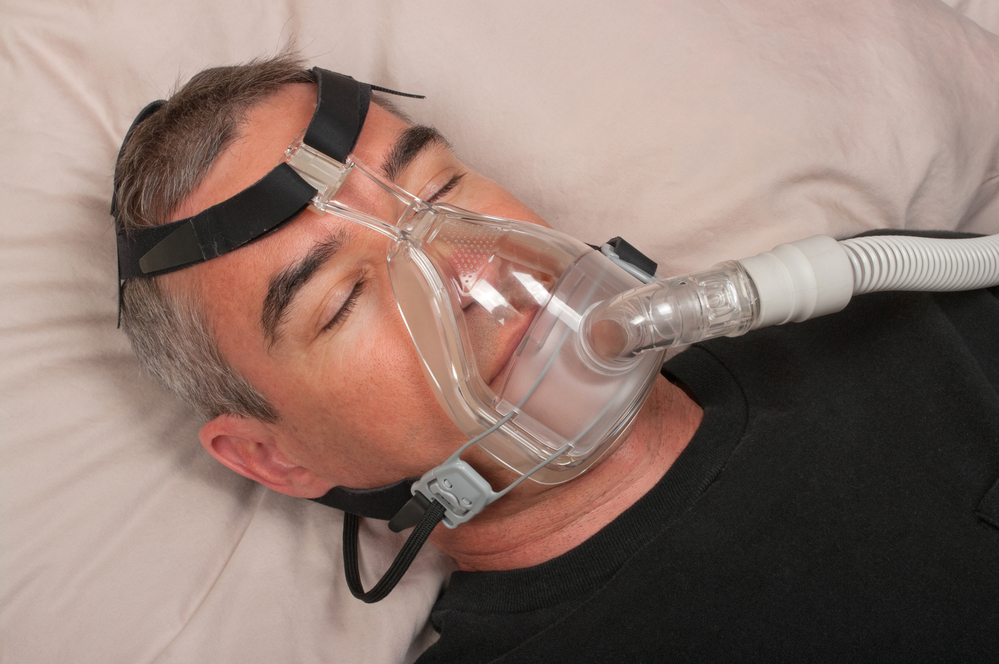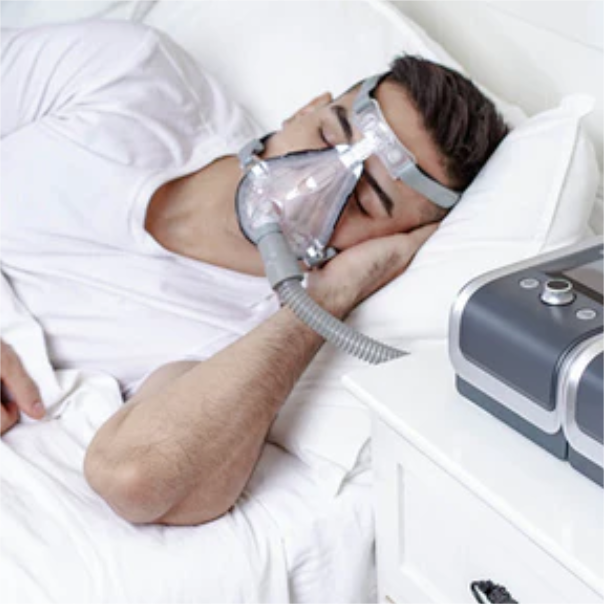Your Overview to Economical BiPAP Rental in Your Area
Wiki Article
Bipap vs. CPAP: Which Is the most effective for Your Sleep Condition?
When browsing the intricacies of rest conditions, the selection in between BiPAP and CPAP therapy is a crucial factor to consider. Each technique offers unique advantages customized to particular problems, yet the decision depends upon specific client requirements and comfort levels. While CPAP supplies a steady airflow suitable for obstructive rest apnea, BiPAP's twin pressure setups may enhance convenience for those with even more elaborate respiratory problems. Understanding these differences can dramatically affect therapy efficiency, leaving one to consider which option absolutely lines up with their wellness needs and way of life.Recognizing Sleep Disorders
Sleep problems include a series of conditions that interfere with regular rest patterns, impacting both the high quality and duration of rest. These conditions can manifest in various kinds, consisting of sleeplessness, rest apnea, narcolepsy, agitated leg disorder, and parasomnias. Each problem offers distinct obstacles, frequently causing substantial daytime tiredness, cognitive impairment, and psychological disturbances.Sleep problems is identified by difficulty dropping or staying asleep, while sleep apnea includes duplicated interruptions in breathing during rest, commonly resulting in fragmented remainder. Narcolepsy, on the various other hand, is noted by excessive daytime sleepiness and unexpected rest assaults. Restless leg disorder causes unpleasant feelings in the legs, motivating an irrepressible desire to relocate them, which can also hinder the ability to drop asleep.
The impact of sleep disorders prolongs beyond private health, influencing overall productivity, connections, and lifestyle. Understanding the specific nature of each disorder is important for efficient medical diagnosis and therapy. As sleep health comes to be significantly recognized as an important element of overall wellness, attending to these problems is necessary for boosting both sleep high quality and day-to-day performance.
Just How CPAP Functions
Continual Favorable Air Passage Pressure (CPAP) treatment is frequently utilized as a primary therapy for obstructive rest apnea (OSA) The mechanism of CPAP entails the usage of a maker that provides a steady stream of air with a mask worn throughout rest. This air flow maintains positive pressure in the respiratory tract, stopping the collapse or obstruction of the throat that can take place during sleep.When a patient inhales, the CPAP device provides a continual flow of air, making sure that the airway continues to be open - BiPAP Rental. This not only relieves the signs of OSA, such as snoring and disrupted rest patterns, but additionally minimizes the connected health threats, including cardiovascular complications and daytime exhaustion
The pressure setups on a CPAP machine can be personalized to meet specific patient requirements, frequently established with a sleep research study. People normally undertake titration studies to locate the ideal stress level for their unique problem. Normal follow-up and adjustments might be required to make certain effectiveness and comfort. Overall, CPAP treatment has been shown to dramatically improve the high quality of sleep and general health and wellness for people struggling with obstructive rest apnea.
How BiPAP Works
BiPAP, or Bilevel Favorable Air Passage Pressure, is a specific type of non-invasive air flow that is especially useful for people with problems such as complicated sleep apnea or respiratory conditions. Unlike CPAP, which provides a continuous stream of air Recommended Site at a single stress, BiPAP offers two distinct stress setups: a higher inspiratory pressure for inhalation and a lower expiratory stress for exhalation. This dual-pressure strategy enables easier breathing, decreasing the effort required throughout exhalation.The device operates through a mask fitted over the nose or mouth, connected to a machine that creates air pressure. When the individual breathes in, the device delivers the greater pressure to assist with airflow, ensuring that the respiratory tract continues to be open. Upon exhalation, the machine automatically reduces the stress, making it much more comfortable for the individual to take a breath out.

Secret Distinctions Between BiPAP and CPAP

In comparison, BiPAP (Bilevel Positive Air passage Stress) supplies two various stress setups: one for inhalation and a lower one for exhalation. This double stress system enables more comfy breathing, specifically for clients that have problem with breathing out versus a continual pressure. BiPAP is often suggested for individuals with intricate rest apnea, persistent obstructive pulmonary illness (COPD), or those that call for additional support throughout sleep.
Additionally, the intricacy of BiPAP tools commonly causes a higher cost and requires more mindful titration than CPAP. BiPAP Rental. Comprehending these vital differences can assist in identifying which gadget may be preferable for details rest conditions, setting the groundwork for enlightened treatment choices
Picking the Right Therapy
Exactly how can one establish the most appropriate treatment for taking care of sleep problems? The choice between BiPAP and CPAP therapy primarily depends upon the particular characteristics of the rest condition, the client's general health, and their comfort with the device. CPAP, which delivers a continuous stream of air, is typically prescribed for obstructive rest apnea (OSA) It keeps an see page open airway during sleep, efficiently stopping hypopneas and apneas.Conversely, BiPAP provides 2 levels of pressure: one for breathing and a reduced one for exhalation. This double stress system is advantageous for individuals with intricate sleep apnea or those that experience difficulty exhaling against a continuous pressure. Additionally, BiPAP is usually suggested for individuals with respiratory system conditions, such as persistent obstructive pulmonary condition (COPD), where varying stress settings can improve comfort and conformity.
Eventually, a comprehensive analysis by a sleep professional, consisting of a rest study, can assist determine which therapy straightens best with the individual's demands. Elements such as convenience, convenience of use, and certain medical conditions must also be thought about to enhance therapy end results.
Final Thought
In recap, both BiPAP and CPAP offer distinctive objectives in the monitoring of rest conditions. CPAP is efficient for obstructive rest apnea through constant airflow, while BiPAP provides double pressure settings that improve comfort for those with complicated sleep apnea or breathing concerns. The choice between these therapies should be guided by individual needs and conditions, requiring a detailed analysis by a rest professional to make certain optimum therapy outcomes and improved quality of rest.
On the whole, CPAP therapy has been revealed to significantly enhance the top quality of sleep and overall health and wellness for people suffering from obstructive sleep apnea.
BiPAP is commonly advised for patients with complex sleep apnea, persistent obstructive lung disease (COPD), or those who require extra support throughout sleep.
CPAP is efficient for obstructive rest apnea through regular airflow, while BiPAP provides double pressure settings that boost convenience for those with complex rest apnea or breathing concerns.
Report this wiki page